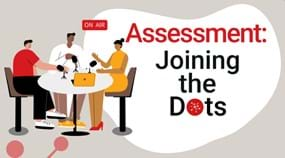
You are using an outdated browser. Please upgrade your browser to improve your experience and security.
News Hub
Want to see what’s new at GL Assessment? This is the place, alerting you to new articles on our blog, research, webinars, and links to features about or by us in the educational and national press.



